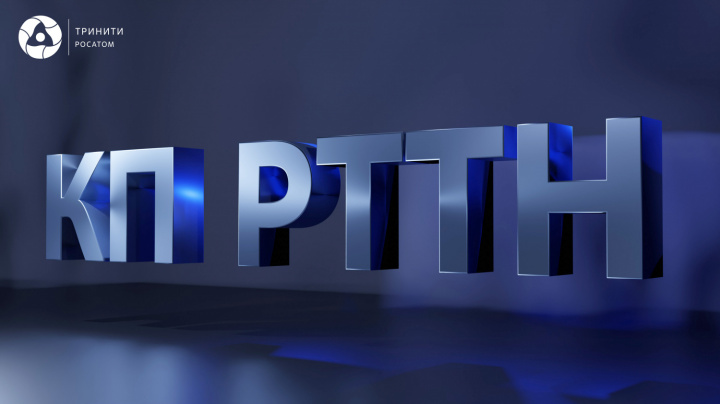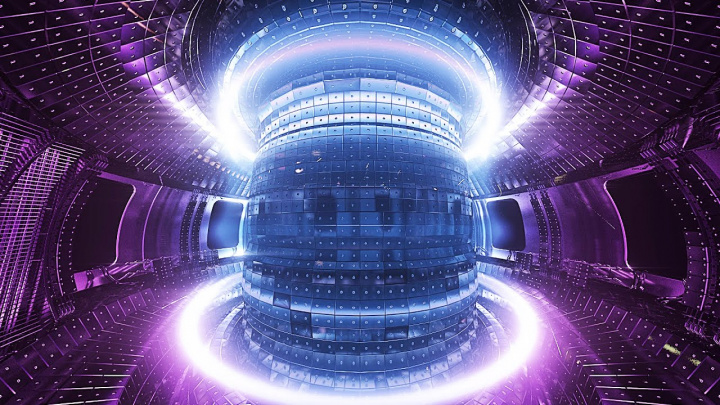Rosatom science institute has created a pulse plasma accelerator for a future nuclear research facility
2022

Experts of Troitsk Institute of Innovation and Fusion Research (SSC RF TRINITI JSC, a part of ROSATOM Science Division - JSC "Science and Innovations") has created a new powerful pulse plasma accelerator, capacitor storage for its power supply with a stored energy of 2.2 MJ, and a plasma diagnostics complex. These devices will form the basis for a compact, intense neutron source for testing fusion reactor components. The development will be completed in Troitsk by 2024.
The activities are part of the Federal Project "Development of Controlled Fusion and Innovative Plasma Technologies" included in the Comprehensive Program for the Development of Equipment, Technologies, and Scientific Research in the Use of Nuclear Energy in the Russian Federation until 2024" (DETSR CP).
Experiments will be held in 2022-2023 on the head-on collision of high-speed deuterium plasma streams generated by the new accelerators. In particular, mechanisms of plasma flux interactions and neutron emission characteristics of the DD fusion reaction will be investigated. This will allow for a more accurate determination of the plasma flux parameters required to achieve the specified values of neutron yield.
"Now that advance of science is mainly determined by the development and assimilation of hi-tech, we are working to make powerful pulse neutron sources and their application for the study of the impact of intensive neutron fluxes of the fusion reaction of heavy and superheavy hydrogen isotopes (deuterium and tritium) on condensed matter, including structural materials of promising nuclear power plants. Results of the planned research will eventually help evaluate the resistance of materials of the future fusion or hybrid reactor to the effects of 14 MeV neutrons," said Anatoly Zhitlukhin, Director of Magnetic and Optical Research Department of TRINITI, PhD, Physics and Mathematics.
Such next generation facilities based on pulse plasma accelerators, along with tokamaks, can be considered as one of the options for an external neutron source for a hybrid fusion reactor, especially at the initial stage of development of its components. Their high energy efficiency, compact size, and relatively low cost compared to nuclear reactors also make them competitive in the production of a number of isotopes for nuclear medicine, especially short-lived ones.
For reference:
The source under development based on deuterium plasmoid collision should provide a fusion reaction neutron yield of 1013 neutrons per pulse in 2023. Subject to completion of the modernization of plasma accelerator power framework in 2023, the neutron yield will be increased to 1014 neutrons per pulse by the end of 2024.
Neutrons are neutral particles capable of penetrating much deeper into materials than ion beams or X-rays. One of applications of this penetration is the three-dimensional mapping of stresses deep inside large engineering facilities, such as engine blocks. Because of their properties, neutrons are widely used to probe materials (source: https://www.iaea.org/ru/temy/yadernaya-nauka).







